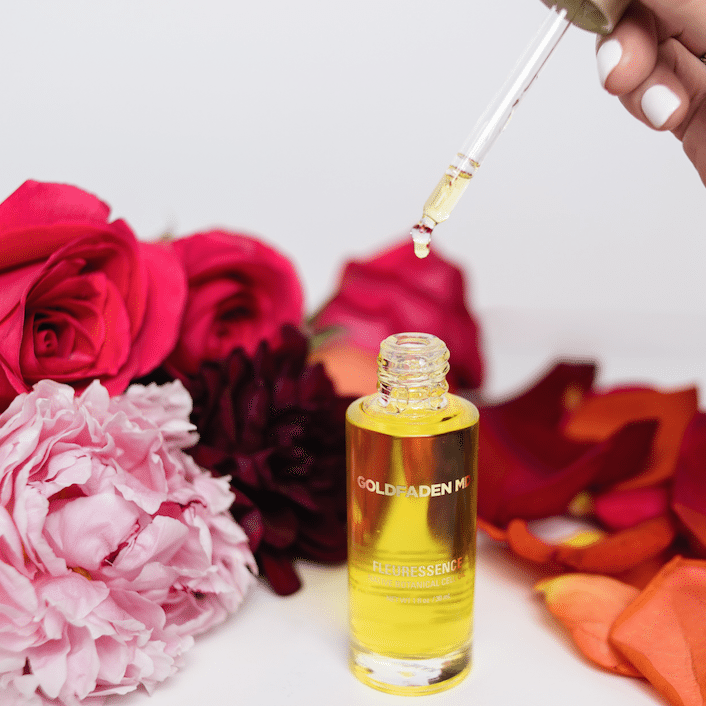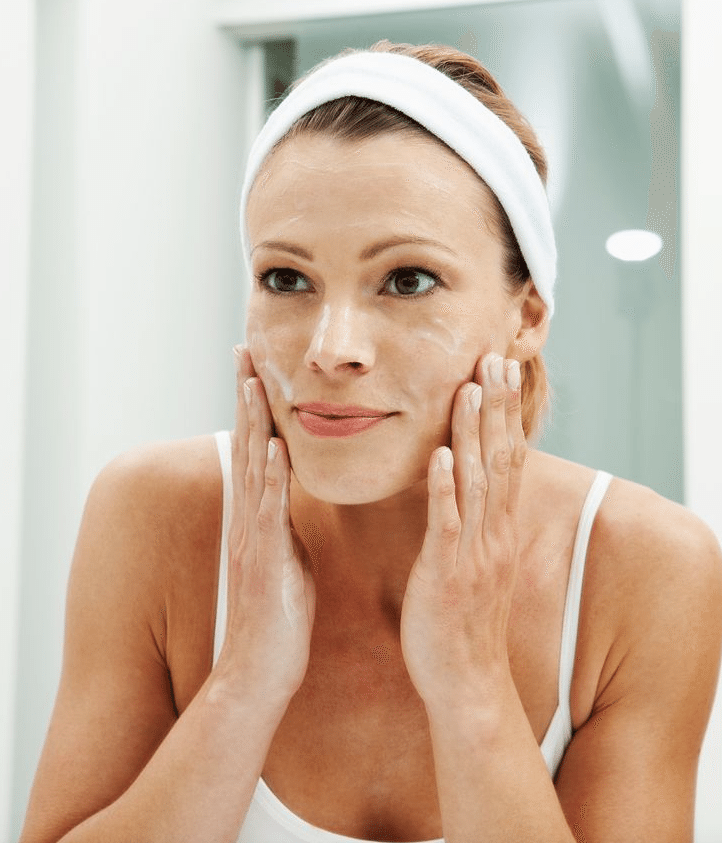Reading a skincare product label can be daunting and almost like trying to decipher a foreign language, leaving you confused and frustrated. Worse, you end up buying an ineffective or inappropriate product. We enlisted Dr. Goldfaden to help us navigate our way through determining what’s important to look for, how ingredients work and tips for us to understand reading labels.
How do percentages of skin-care products work?
“Percentages are listed to explain the amount of active ingredients in a particular product. They will dictate how active or not active a product can be. For example a vitamin C serum can have 12% Vitamin C or a more aggressive serum maybe contain 17%. Not all customers can tolerate high percentages of aggressive ingredients, so there are choices in the marketplace.” Dermatologist Dr. Gary Goldfaden
Is there really such a thing as “the highest percentage/concentration available” or is that marketing hype?
“Yes, This is a real thing. This usually means exactly what it says. Some brands choose to use the highest and some use less. This usually dictates the quality of a product and the consumer can see this within the labeling order of the product. The first ingredients listed are the most active and they decrease as they move down the ingredient listing” Dermatologist Dr. Gary Goldfaden
What makes “active ingredients” in a skin-care product different from the other ingredients?
“Active ingredients are in the product to deliver a results. Inactive ingredients help to deliver the active ingredients, they also help to stabilize, deliver hydration, fragrance, color etc. For example in a moisturizer Retinol and Hyaluronic Acid could be the active ingredients and the inactive could be emulsified wax or even glycerin.” Dermatologist Dr. Gary Goldfaden
Do you have any easy tips for a consumer to really understand how to read product labels to make sure they are getting effective ingredients/products?
“The largest concentration of ingredients is usually listed first on the label. It is also imperative to know what agrees and doesn’t agree with your skin, for example fragrances, mineral oil etc. Looking for products that contain very few ingredients is the best way to keep your skin and body healthy. A good rule of thumb is to stay clear of artificial fragrance, color, mineral oil, alcohols, sulfates and silicones.” Dermatologist Dr. Gary Goldfaden
How do natural ingredients work, as it relates to effectiveness and when compared to synthetic ingredients?
“Ultimately this becomes the consumer’s choice. In the world we live in, we cannot avoid all synthetic ingredients all the time. Choosing to use natural skincare products can reduce the risk of allergic reactions and other skin problems from developing. Since skincare products are not considered ‘drugs’, they are not absorbed onto the blood stream. However, after years of using synthetic products(hair, skin, makeup) some people may develop anything as treatable as an allergy to a form of immune disorders and certain cancers. This continues to be an ongoing debate in the medical and cosmeceutical world. “Synthetic” ingredients may start as a natural ingredient but they are then chemically modified on some level. “Natural” ingredients come from the earth and are not modified chemically when being formulated into products. A good example of this is the ingredient petroleum. Petroleum is a naturally occurring liquid extracted from rock. However when used in products it is chemically modified and cause more harm than good. Petroleum can clogs pores, slow down cellular regeneration and contain PAH which has been linked to cancer.” Dermatologist Dr. Gary Goldfaden
Do you have any skin-care tips for making your products work better—such as exfoliating, swapping them out?
“Exfoliation will always allow other skincare products ie serums, treatment and moisturizers to be absorbed more throughly.” Dermatologist Dr. Gary Goldfaden



 P
P